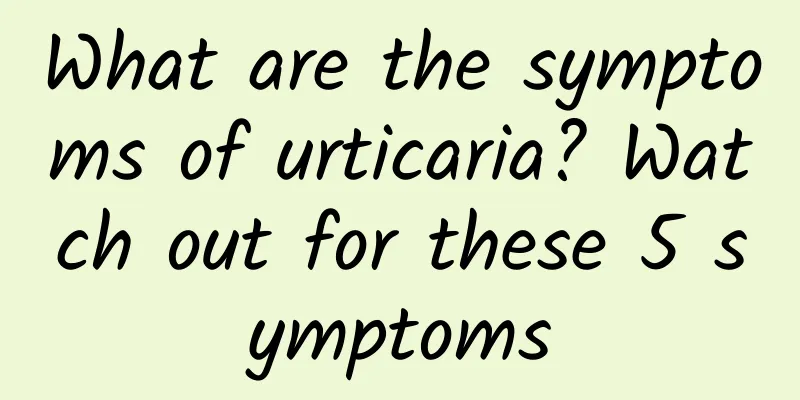What causes wind-heat cold?

|
In fact, colds are also classified. The simple classification is wind-heat colds and wind-cold colds. The prescriptions prescribed by doctors are also different for different colds. So, when you go to see a doctor, although the doctor knows that you have a cold, he or she also needs to distinguish whether it is a wind-heat cold or a wind-cold cold. Moreover, the diet of different cold patients is also different. A small cold can be very complicated. People who suffer from wind-heat cold basically have body heat, which makes them prone to fever, headache, body aches, and runny yellow nose. For patients with wind-heat cold, they should eat more fruits and vegetables to reduce the heat first, so as to better recover from the cold. Wind-heat cold is a common exogenous disease caused by the invasion of wind-heat evil into the human body, with severe fever, mild chills or poor sweating as the main clinical manifestations. Wind-heat colds can occur throughout the year, but are more common in spring. It is mostly caused by sudden changes in climate, imbalance of cold and heat, which allow wind and heat evil to invade the human body, attack the lungs and violate the Wei, causing depression of Wei Yang, disharmony between the Ying and Wei, and a struggle between the righteous and the evil, which results in symptoms of superficial Wei. Wind is the first of the six evils. Although it can cause illness alone, it is more common in clinical practice when it occurs in combination with other evils, especially wind-heat. In clinical practice, people with deficiency of essence, blood, body fluids and yin deficiency are most susceptible to wind-heat. Wind is the main air in spring. Wind-heat colds are easy to occur in spring, which is a characteristic of the season. Wind-heat exogenous infection often occurs in spring. Spring is windy and the climate turns warmer, so wind and heat evils often coexist to cause illness. Wind-heat cold is a symptom caused by wind-heat evil invading the lung defense, causing disharmony between the lung defense and the surface defense, and failure of the lung to clear and purify. Its clinical manifestations are: Main symptoms: ① Fever, slight aversion to wind and cold, no sweat or sweat, headache and body aches; ②Nasal congestion, yellow turbid nasal discharge, cough, red, dry and painful throat. Secondary symptoms: slight sweating, dry mouth, and yellow and thick sputum. Tongue and pulse: red tip of tongue, thin yellow fur; floating and rapid pulse. Anyone who has main symptom ① and secondary symptoms, or main symptom ② and secondary symptoms, and a typical tongue and pulse can be diagnosed with a wind-heat cold. Through the detailed introduction in this article, I believe you already know the causes of wind-heat colds. Drink more herbal tea and reduce heat regularly. Drink more water on a daily basis, especially during the season change period when the weather is particularly dry and viruses are easily spread. Take preventive measures to avoid being infected by viruses and catching a cold. |
<<: Nursing measures for emphysema
>>: Beware of tracheitis in autumn and winter
Recommend
Can you take a bath with mugwort?
Taking a bath is an essential activity for people...
What soup is good for insufficient qi and blood to make you look better
Women are very prone to insufficient qi and blood...
The efficacy of honeysuckle dew
Honeysuckle dew is actually a common oral Chinese...
When does breast pain start during pregnancy?
In a sense, the mother's breasts are an impor...
Myeloma Symptoms
Myeloma is a relatively common disease. This dise...
Can I drink milk tea while taking Chinese medicine?
With the improvement of living standards, people ...
Why do armpits bleed?
Many people may not know why water flows from the...
What is the difference between conjunctivitis and keratitis?
Some diseases are often confused because they hav...
Causes of black spots on toenails
There are many reasons for black spots on toenail...
What are the differences between acute pharyngitis and chronic pharyngitis?
The difference between acute pharyngitis and chro...
What is Primary Carnitine Deficiency?
Primary carnitine deficiency is a rare disease ca...
What are the symptoms of tooth swelling?
Swelling of teeth is generally a symptom of infla...
What is the cause of excessive leucorrhea and bloating in the lower abdomen?
Women will experience abdominal pain during menst...
What medicine is used for Staphylococcus aureus
Microorganisms exist everywhere in the biological...
Men can't ejaculate after drinking
Many men will find that they can never ejaculate ...









